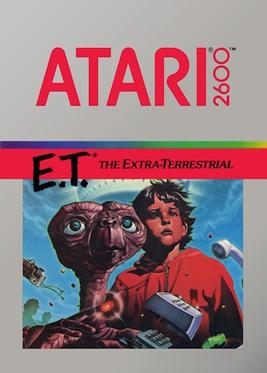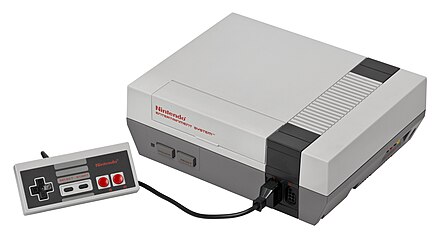In 1983, the home video game market in the United States faced a major crisis. The industry, which had been growing steadily, suddenly collapsed.
This event is known as the Atari Shock, named after the dominant game company at the time, Atari. In this article, we’ll explain why the Atari Shock happened and how the game industry recovered in a way that’s easy to understand for beginners.
※The image is fictional and generated by AI.
1. What Is the Atari Shock?
The Atari Shock refers to the collapse of the U.S. home video game market in 1983. The industry had been booming, but due to an oversupply of low-quality games and market confusion, consumers lost interest in video games, leading to a major recession.
At the time, the most popular game console was the Atari 2600 (VCS). However, as we’ll discuss next, several factors led to the market’s downfall.
2. The State of the Video Game Industry and Atari
The Rapid Growth of the Gaming Market
From the late 1970s to the early 1980s, the home video game market grew rapidly. The Atari 2600 became a best-selling console, and many households started playing video games.
Arcade games like Space Invaders and Pac-Man were also extremely popular and were frequently ported to home consoles.
Atari’s Success and Problems
Atari was the industry leader at the time. However, as the market expanded rapidly, Atari failed to implement proper quality control.
- Game developers could release games freely without strict regulation.
- Low-quality games flooded the market.
- Atari itself released poorly made ports, damaging its brand reputation.
These problems gradually destabilized the market.
3. Causes of the Atari Shock
① The Flood of Low-Quality Games
As the gaming market expanded, more and more companies entered the industry. However, many of them produced poorly made games in large quantities.
The most infamous example was the game adaptation of “E.T. the Extra-Terrestrial” (Atari 2600 version). This game, based on Steven Spielberg’s hit movie, was poorly designed and heavily criticized. It became a massive commercial failure, leaving retailers stuck with unsold inventory.

② Market Saturation
With too many games and consoles available, consumers became confused about what to buy. Additionally, several Atari 2600-compatible consoles flooded the market, making the situation worse.
As a result, consumers stopped buying games, and the industry stagnated.
③ The Rise of Personal Computers
During this period, personal computers (PCs) began gaining popularity. Unlike dedicated gaming consoles, PCs could be used for work and study, making them more attractive to consumers.
The shift in consumer interest from “game consoles” to “PCs” further contributed to the crash.
4. The Consequences of the Atari Shock
- Game sales plummeted, causing massive losses for manufacturers and retailers.
- Many companies, including Atari, collapsed or withdrew from the market.
- The U.S. home gaming market was nearly destroyed.
Atari, once the industry leader, suffered major financial losses and eventually exited the home console market.
5. The Revival of the Gaming Industry
The Arrival of Nintendo
After the collapse of the U.S. gaming market, many believed that the home video game industry was dead. However, in 1985, Nintendo introduced the Nintendo Entertainment System (NES) in North America, successfully revitalizing the market.

Photo from Wikipedia
Nintendo’s Strategy
Nintendo learned from the Atari Shock and introduced strict quality control measures to prevent another crash. These included:
- Licensing System: Only approved developers could create games for the NES.
- High-Quality Software: Games like “Super Mario Bros.” provided a fun and polished gaming experience.
Thanks to these strategies, the U.S. home gaming market began to recover and grow again.
6. Conclusion
- The Atari Shock was caused by an oversupply of low-quality games and market confusion.
- The U.S. gaming industry collapsed, and many companies went bankrupt.
- Nintendo revived the market with the NES, emphasizing quality control.
The Atari Shock taught the industry the importance of quality control in video games. The modern gaming industry has grown with these lessons in mind.
Bonus: Interesting Facts About the Atari Shock
- The unsold copies of the “E.T.” game were rumored to be buried in a desert landfill in New Mexico. In 2014, excavations confirmed that this was true!
- Atari did not completely disappear—it still exists today as a brand, focusing on retro game releases.

Photo from Wikipedia
By understanding gaming history, we can better appreciate modern video games!



Comments